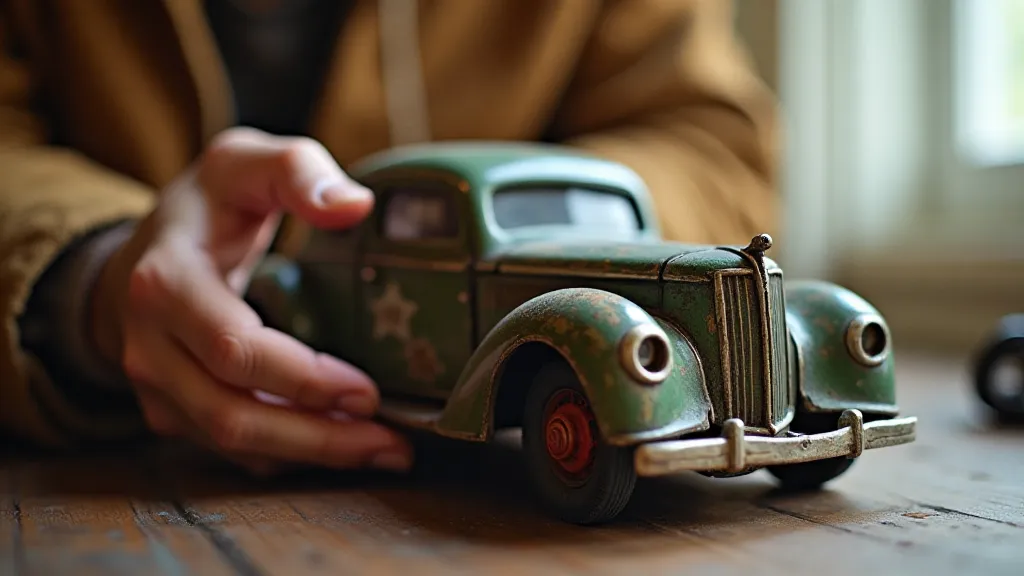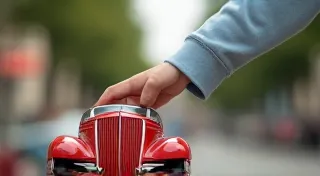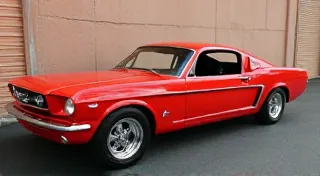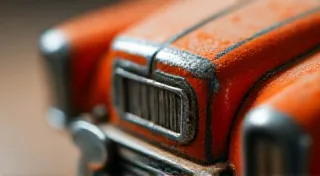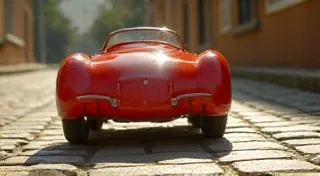The Obsidian Mirror: Reflecting Societal Shifts Through Miniature Automobilia
There’s a certain magic held within a collection of vintage toy cars. It’s more than the gleam of polished metal or the allure of scarcity. It’s a connection to a past when manufacturing was an art, when advertising spoke in a different tongue, and when childhood fantasies were meticulously crafted into miniature reality. But beyond the simple joy of possession, these tiny treasures serve as something remarkable: an obsidian mirror reflecting the societal shifts, aspirations, and anxieties of their time.
My grandfather, a quiet man of few words, started my fascination. I remember, as a child, carefully unwrapping a pristine, slightly dusty, tin litho Ford sedan from a box filled with his wartime memories. The coolness of the metal against my palm, the satisfying weight, the vibrant, idealized depiction of American life… it wasn’t just a toy. It was a portal.
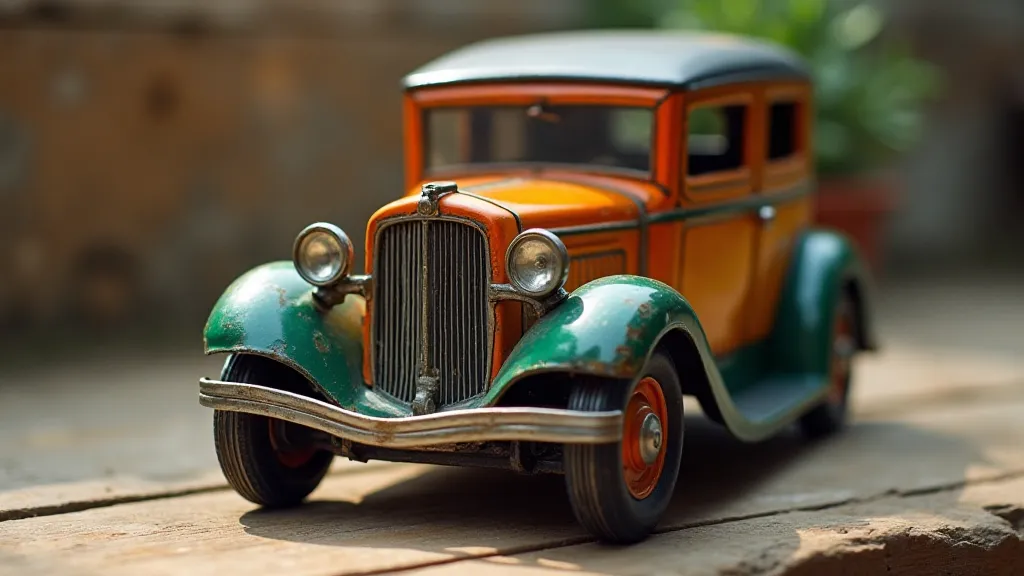
The Early Years: A Celebration of Progress
The late 19th and early 20th centuries witnessed an unprecedented boom in automotive production. Car ownership transitioned from a luxury for the wealthy to a burgeoning aspiration for the middle class. Toy car manufacturers, sensing the cultural zeitgeist, rapidly mirrored this phenomenon. Companies like Lionel and Marx, giants in the toy industry, began producing miniature versions of the latest models, faithfully reproducing their colors, lines, and even their promotional slogans. This era wasn’t just about replicating the vehicles themselves; it was about portraying an idealized view of burgeoning prosperity and the promise of a modern era, and it ultimately spurred on the hobby of collecting. To understand the impact of specific world events, especially during periods of production disruption, consider the impact of World War II on toy car production, a critical disruption in the industry’s timeline.
These early toy cars weren’t simply about depicting vehicles; they were about celebrating progress. The automobile represented freedom, opportunity, and the relentless march towards a modern future. Advertising campaigns for these toy cars often depicted idealized families embarking on adventures, emphasizing the ease and joy that car ownership could bring. It’s fascinating to see how the toy industry actively participated in shaping the cultural narrative surrounding the automobile, reinforcing the idea that car ownership was synonymous with the “good life.” The evolution of these miniature representations, and the changing dynamics of the toy industry itself, created a rich tapestry that continues to fascinate collectors today. For those just starting their collecting journey, understanding how to find affordable pieces can be key – check out "Toy Car Collecting on a Budget: Affordable Finds" for some tips.
Gender, Race, and Class: Hidden Narratives
But the obsidian mirror reveals more than just a rosy picture of the past. Examining these miniature worlds through a contemporary lens exposes uncomfortable truths about the societal norms of the time. The depiction of gender roles, for instance, was often rigidly defined. Male drivers were the norm, positioned as strong, capable, and in control, while female figures were relegated to the role of passengers or bystanders, reinforcing a patriarchal worldview. This wasn’t a deliberate act of malice, but a reflection of the dominant social structures of the time.
The representation of race was equally problematic. While depictions of Black individuals were occasionally present, they were often limited to stereotypical roles or excluded altogether. This silence wasn't necessarily malicious; it reflected the pervasive segregation and systemic discrimination prevalent in American society. The absence speaks volumes, highlighting the exclusion and marginalization experienced by entire communities. Consider how certain brands, like Dinky Toys, became particularly coveted by collectors – a whole collector's guide exists to understand their history and value – and how these narratives can be subtly encoded within even the most seemingly innocuous toy.
Class distinctions were also subtly encoded within the toy car collections. Premium models, often faithfully reproducing luxury vehicles like Cadillacs and Duesenbergs, were marketed towards a more affluent clientele, reinforcing the existing social hierarchy. The availability of different materials and levels of detail further emphasized these class divisions. It's a reminder that even in a world of miniature playthings, the realities of social inequality persisted. Different eras also saw differences in manufacturing processes and the types of materials used, and for some collectors, understanding the specific values and types of materials used is essential for a collection. This often led to specific types of cars becoming highly prized among collectors. The value of a pressed steel car, for example, can be significantly impacted by its condition and the rarity of the model.
The World Wars and Post-War Prosperity
The two World Wars dramatically impacted toy car production. During wartime, factories were repurposed to manufacture essential supplies, and the availability of materials like tin and rubber was severely restricted. Many toy car factories temporarily ceased operations, while others produced simplified, utilitarian models reflecting the national mood. The impact on the industry and the changes in model design were significant and remain a fascinating area of study for enthusiasts.
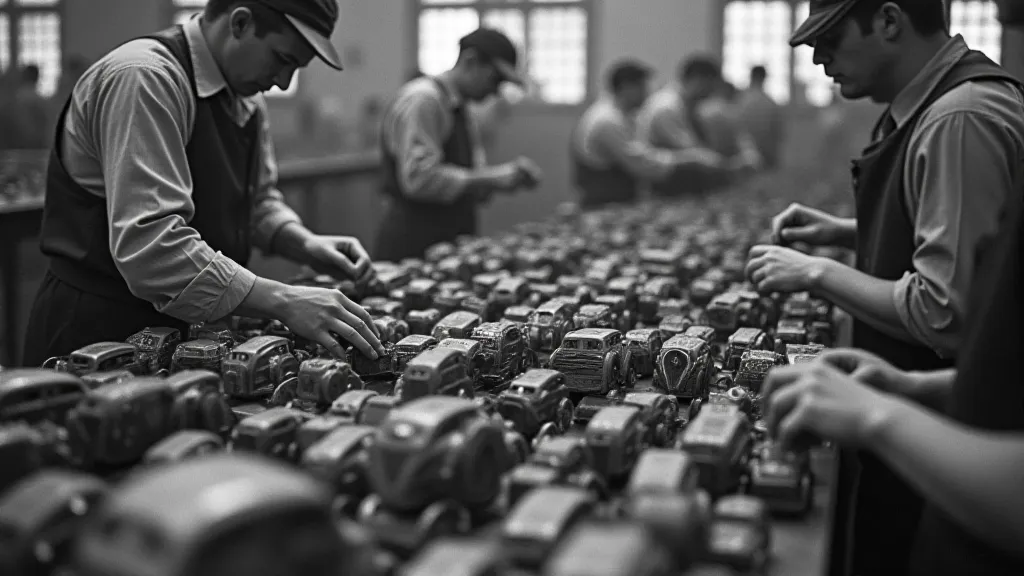
The post-war boom, however, ushered in an era of unprecedented prosperity and a renewed sense of optimism. Toy car manufacturers responded with an explosion of creativity, producing increasingly elaborate and detailed models. The rise of television advertising further fueled the demand for these miniature vehicles, transforming the toy car collecting hobby into a mainstream pastime. The sheer volume of production during this period created a wider range of models that are now sought after by enthusiasts.
The Rise of Die-Cast and Beyond
The introduction of die-casting technology in the 1950s marked a significant turning point in toy car manufacturing. Die-casting allowed for the production of stronger, more durable, and more detailed models. This innovation ushered in a new generation of collectors and cemented the toy car collecting hobby as a serious pursuit. Before this era, toy cars were typically pressed steel, but the shift to die-cast offered a new level of realism and collectibility.
The following decades saw further advancements in manufacturing techniques, leading to an ever-increasing range of models, scales, and finishes. The hobby diversified, with specialized collectors focusing on specific manufacturers, models, or eras. Today, vintage toy cars are highly sought-after collectibles, valued not only for their rarity but also for their historical significance. Understanding the nuances of these different eras and their impact on value requires significant knowledge and research.
Preserving the Past, Understanding the Present
Restoring a vintage toy car is more than just cleaning and polishing; it’s about preserving a piece of history. It’s about acknowledging the stories embedded within the metal and paint, the narratives whispered by the design choices and advertising campaigns. Even the smallest imperfections – the worn paint, the chipped chrome – tell a story of time and use. For collectors looking for advice on maintaining and restoring their treasures, dedicated resources and communities exist to share knowledge and best practices.
Examining these miniature worlds through the lens of societal shifts isn’t just an academic exercise; it’s a crucial step in understanding our present. The biases and prejudices embedded within these toy cars reflect the broader societal attitudes of their time. By acknowledging these uncomfortable truths, we can gain a deeper appreciation for the progress we’ve made and a greater awareness of the work that still needs to be done. The history of these toys provides a fascinating lens through which to examine social change and cultural evolution.
My grandfather’s tin litho Ford sedan still sits on my shelf. It’s more than just a toy; it’s a tangible link to the past, a reminder of the power of miniature objects to reflect and shape our understanding of the world. And as I hand it down to my own children, I hope they, too, will see the stories etched within its gleaming surface – a silent testament to the enduring legacy of toy car collecting. These collections aren't merely about accumulating objects; they’re about preserving history, understanding social change, and sharing a passion across generations.
